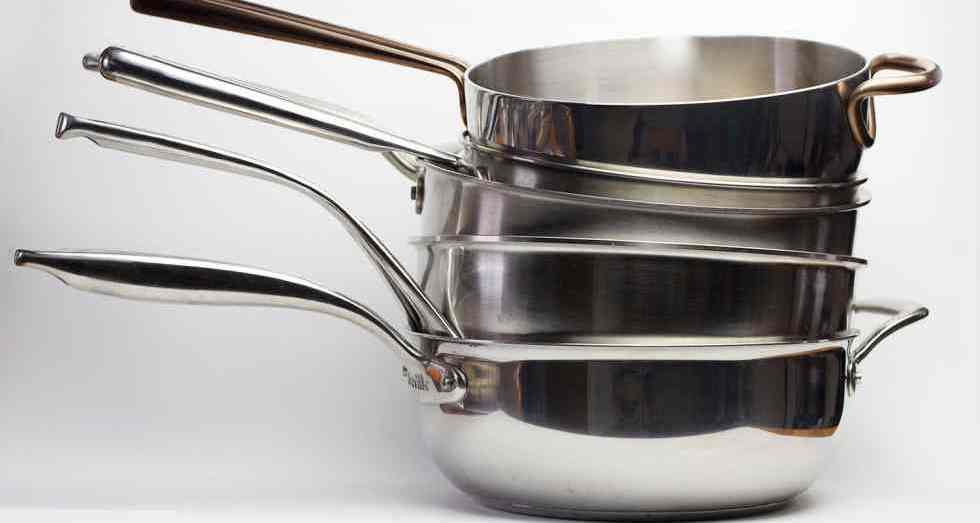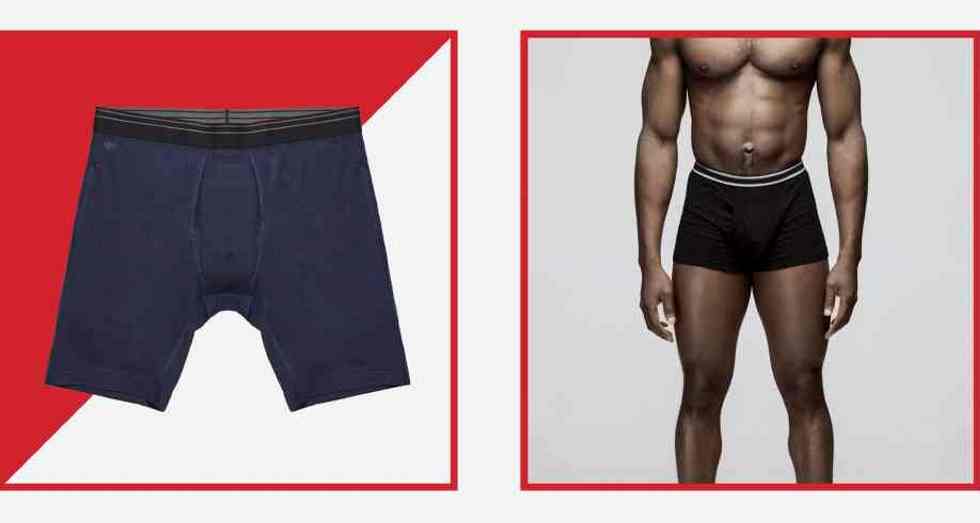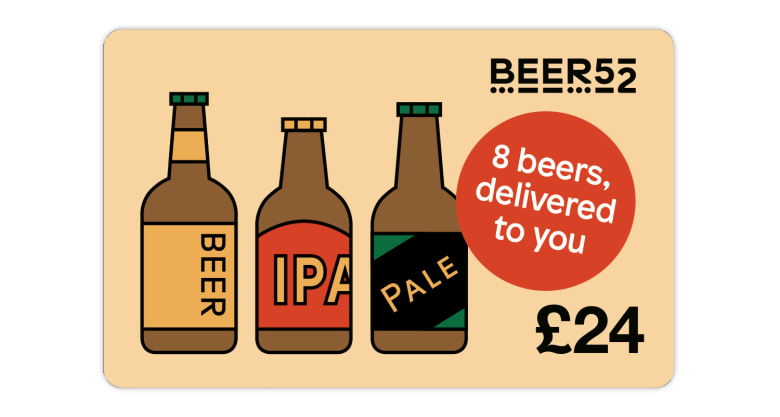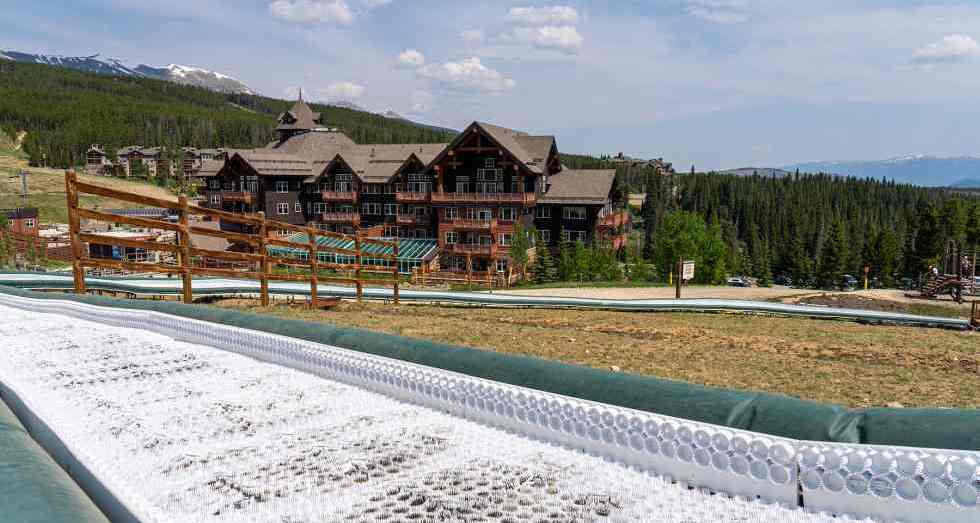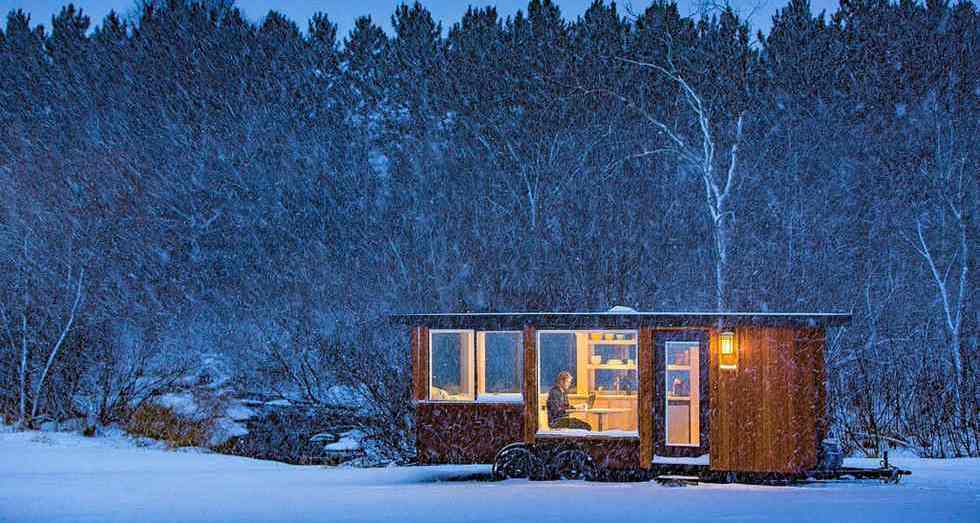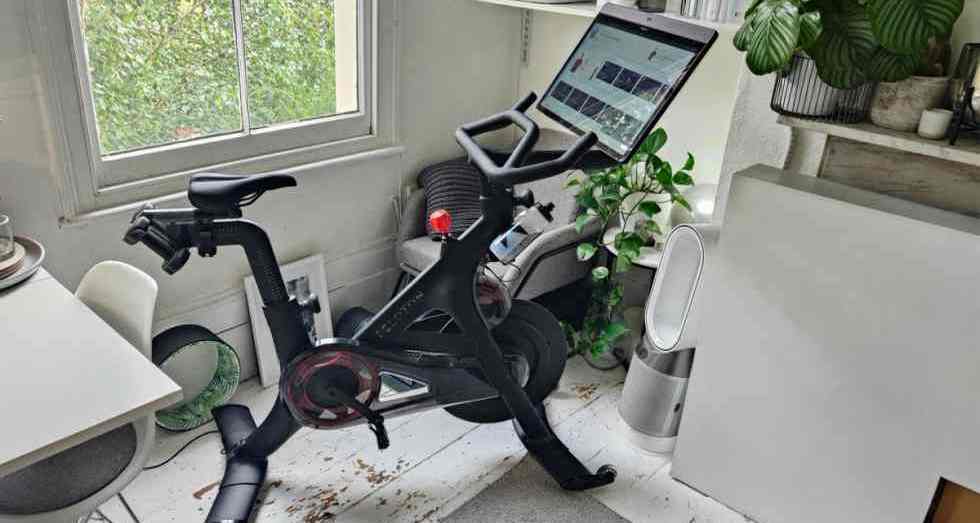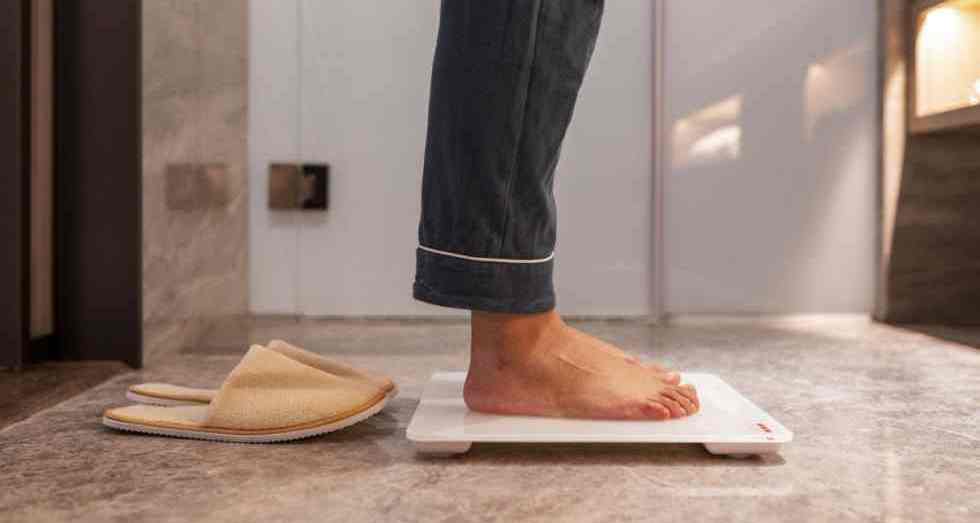Straight to the Level
Our favourite gooseneck kettle is the Fellow Stagg EKG Electrical Gooseneck Kettle. It is extremely correct and permits you to set the temperature right down to the diploma (as an alternative of a choose variety of preset temperatures). It is also sleek-looking and obtainable in a a number of finishes.
Espresso has two components: floor espresso and water. This makes the standard of each of those—and the instruments we use to deal with them—extremely essential.
A lot of the instruments we take into consideration and think about when brewing espresso need to do with the espresso itself, which is sensible—espresso’s taste may be radically altered relying on the grinder or automated brewer you utilize. Nevertheless, espresso is 98% water, so the device we decide to really pour water onto espresso issues greater than you may suppose.
Fortunately, water doesn’t want a lot finessing. In the event you’re making pourover espresso, all you want is a gooseneck kettle, or a kettle with a definite spout that permits you to management the circulation of water. As a substitute of water speeding out the spout, such as you may see on a conventional kettle, a gooseneck kettle has a skinny, slim spout, positioned in direction of the underside of the kettle’s base that permits you to pour water easily and with management.
I might inform you, as a former barista with a decade of expertise, that gooseneck kettles are superior to common tea kettles, however anybody who has tried to make pourover espresso with a daily kettle doesn’t want me to persuade them. Commonplace kettles with extensive spouts will pour an excessive amount of water over the grounds without delay, making a multitude of the espresso mattress and sending grounds wayward (and due to this fact resulting in poorly extracted espresso).
However many gooseneck kettles look the identical…and definitely promise to do the identical issues. So, I ordered a dozen completely different gooseneck kettles—together with stovetop and electrical, variable temperature fashions—and examined them to seek out the most effective ones.
The Winners, at a Look
The Greatest Gooseneck Kettle: Fellow Stagg EKG Electrical Gooseneck Kettle
:max_bytes(150000):strip_icc()/619uJqSTdSL._AC_SL1500_-c4c068c495774ccf8fb3113ddc034b07.jpg)
Fellow Stagg EKG Electrical Pour-Over Kettle
This kettle was extremely correct and straightforward to make use of and probably the most aesthetically pleasing in comparison with the opposite fashions I examined. The LED display screen allowed me to customise the temperature right down to the diploma (135-212°F), whereas many electrical gooseneck kettles solely had a handful of preset temperature choices. That is nice for many who want a kettle for each espresso and tea brewing or need to know precisely how sizzling water is, maybe for experimenting with completely different brewing temperatures.
The Greatest Non-Variable Gooseneck Kettle: Hario V60 "Buono" Electrical Gooseneck Kettle
:max_bytes(150000):strip_icc()/613J4BE5JiS._AC_SL1500_-c8f5ff240723481e816d42b2450b9b15.jpg)
Hario V60 “Buono” Electrical Gooseneck Kettle
In the event you’re merely utilizing a gooseneck kettle to brew espresso within the morning—and don’t need to get too fussy with it—the Hario V60 electrical kettle is well designed and takes about 5 minutes to warmth a full pot (0.8 L) of water. The non-electric model of this kettle can be nice, however takes for much longer to warmth up.
The Assessments
:max_bytes(150000):strip_icc()/Web_1500-SEA-fellow-stagg-ekg-ashley-rodriguez-27-08955f6ee3d241239119d42b5d1da4c7.jpg)
Critical Eats / Ashley Rodriguez
- Pace Check: Fill every kettle to its acknowledged capability and time how lengthy it takes to boil (212°F).
- Accuracy Assessments: For variable temperature kettles, program every to 4 completely different temperatures: 175°F, 185°F, 190°F, and 200°F, taking the temperature with an instant-read thermometer. If the kettle had pre-programed settings completely different from the temperatures famous right here, I set the temperatures to no matter ones have been the closest.
- "Preserve Heat" Check: Press the “preserve heat” operate (if the kettle has one) and assess how lengthy a kettle is ready to preserve 200°F water heat for, taking the temperature after 15 and half-hour with an instant-read thermometer.
- Style Check: After boiling and discarding the water a number of occasions, pour a pattern of water from every kettle to find out if there are any off flavors.
- Pourover Espresso Assessments: Brew pourover espresso, utilizing every kettle at the very least twice to judge how easily water pours out, how a lot management it gives, and the way the deal with feels when pouring.
- Pouring Observations: Take away and placed on every kettle's prime, and pour water freely to evaluate any leaks or adjustments in weight distribution (most kettles boast a weighted deal with, however that stability can change in case you’re pouring the entire water out).
- Usability: Word any features designed to assist customers: does it make a noise when it reaches temperature, do the controls make sense, do it’s important to press and re-press buttons while you take away the kettle from the bottom?
- Clear Up: Clear every kettle and consider how simple it’s to clean, dry, and retailer and if there are any nooks which are tough to scrub or that might maintain scale buildup.
What We Realized
Water and Warmth Have a Direct (and Predictable) Relationship
:max_bytes(150000):strip_icc()/Web_1500-SEA-fellow-stagg-ekg-ashley-rodriguez-32-53993b9310d541f589e919365aa27af4.jpg)
Critical Eats / Ashley Rodriguez
Earlier than I started testing, I believed there could be a ton of variation between how rapidly every of the electrical kettles might warmth water. Among the kettles even boasted how briskly they may attain boiling (I’m you and your “boiling in 60 seconds” declare, Willow & Everett).
Nevertheless, I discovered that the majority of them have been in a position to warmth water inside a minute of each other, and people variations have been principally because of completely different capacities (we wished to check their capacity to warmth water once they have been at their fullest) or slight variations in temperature to begin (I took water from my sink’s faucet, and the temperature ranged between 58-61°F).
When unsure, I at all times ask my good friend, Steve Rhinehart, e-commerce supervisor for Acaia and a longtime model supervisor for Prima Espresso, to clarify the nitty gritty of apparatus. “The heating factor [of a kettle] is normally mounted on to the ground of the kettle in a circle or horse shoe form,” Rhinehart mentioned. “Most kettles use about the identical thickness of stainless-steel and metal’s conductive and convective properties do not change an entire lot inside the varied stainless kettles so they are going to be by and enormous similar there.”
He additionally talked about I ought to examine the wattage of the kettles. Each kettle had the identical electrical capabilities (1200W), in order that meant they drew the identical quantity of energy—and due to this fact, heated water at comparatively the identical price. “When you have a bunch of 1 liter kettles and so they all have 1000 watt heating parts, there may be not prone to be a lot distinction in how rapidly they warmth,” Rhinehart mentioned. He identified the Breville Crystal Clear, a 1800W kettle, would seemingly warmth water quicker than any of the kettles I used to be testing—nonetheless, the Breville Crystal Clear just isn’t a gooseneck kettle and was due to this fact not included.
This all being mentioned, I did discover variations between the electrical and two non-electric gooseneck kettles I examined, the Hario V60 and the Fellow Stagg. Each took perpetually—the Hario clocked in at virtually 13 minutes to boil whereas the Stagg took 16 minutes. The variation in velocity is because of their development. The Hario V60 is a single-walled stainless-steel kettle. The Stagg can be made from stainless-steel, but it surely has a matte coating and considerably thicker partitions, which make it tougher for warmth to penetrate and to due to this fact warmth water.
Variable Temperature Kettles Have To Steadiness Between Pace and Accuracy
:max_bytes(150000):strip_icc()/Web_1500-SEA-Cosori-kettle-black-ashley-rodriguez-03-07fed0f714a646aaa30956e1c0aab978.jpg)
Critical Eats / Ashley Rodriguez
Though I used to be incorrect about measuring the velocity every kettle took to get to boiling, Rhinehart urged me to have a look at how rapidly every kettle arrived to a specified temperature (not boiling, the place the heating factor in a kettle is just designed to make water sizzling, however one thing like 200°F). I seen that the extra exact the kettle, the longer it took to get to a selected temperature.
Rhinehart mentioned that’s due to how every kettle is designed to “know” it has arrived at a specified temperature. “Variable temp kettles typically use some sort of logic management to reach on the meant set temperature with out overshoot,” he defined. “Relying on how that logic is set, it’d be capable to get inside 10 levels actually rapidly after which decelerate to ensure it hits the temperature you need, whereas others could prioritize accuracy as an alternative of velocity, or vice versa.”
So mainly, a kettle can attempt to get to a desired temperature actually rapidly, however might overshoot, or it might ramp up slowly, however hit the specified temperature exactly. This was particularly clear on the Stagg EKG Electrical Gooseneck Kettle. By far, this was probably the most correct kettle, but it surely took the longest to succeed in any temperature. Primarily, the kettle will activate to warmth water, after which again off because the water will get nearer and nearer to the specified temperature. (I might even hear a number of the kettles flip their heating parts on and off.) Personally, I'd slightly wait slightly longer than sacrifice accuracy.
Design Selections Matter
:max_bytes(150000):strip_icc()/Web_1500-SEA-cosori-willow-and-everett-ashley-rodriguez-01-15116f2050964a3d94063fa487a8f1a4.jpg)
Critical Eats / Ashley Rodriguez
Gooseneck kettles get sizzling. Among the kettles I examined merely felt unsafe to make use of. I at all times had a towel available to take away the lids of kettles after we boiled water, however some lids (specifically, the kettle made by Brim) have been tough to take away, posing a burn danger.
One other essential design consideration was that most of the kettles had built-in temperature settings: 4 or 5 buttons ranging in temperature and meant for various preparations, like white tea, black tea, or espresso. We discovered that none of those have been essentially proper. The Willow & Everett kettle, for instance, had a 180°F preset (which is its lowest temperature setting), designated for inexperienced and white tea.
:max_bytes(150000):strip_icc()/Web_1500-SEA-fellow-stagg-ekg-ashley-rodriguez-17-c51330b9e7d842da92eb797db3b7c1eb.jpg)
Critical Eats / Ashley Rodriguez
Nevertheless, in response to this information from Rishi Tea, inexperienced teas needs to be brewed at even decrease temperatures, with some inexperienced teas requiring water round 140°F. Additionally having preset temperatures meant you possibly can’t experiment or regulate your temperature primarily based on the espresso you’re brewing. Normally, (and this isn’t at all times true, so observe what your style buds are telling you) a lighter-roasted espresso may want hotter water to completely pull out all of the flavors inside the bean than a darker-roasted espresso, which is extra water soluble. This all meant that the electrical EKG kettle once more got here out on prime, permitting you to dial the temperature right down to the diploma inside its 135-212°F vary.
We Examined Espresso Grinders—Right here Are the Greatest Ones
After which there’s the “preserve heat” operate. A lot of the variable temperature kettles had a button you possibly can choose to maintain the kettle at a selected temperature—in case you don’t press it, the kettle will attain the temperature you set, after which instantly flip its heating factor off. Nevertheless, in case you take away the kettle from its base, the “preserve heat” operate resets itself, which kind of renders the button ineffective in sure conditions. To me, the “preserve heat” operate is nice for individuals who need to set their kettles and stroll away or for many who need extraordinarily exact temperatures all through their brewing cycle (you need your water to be at 205°F from the primary pour to the final, for instance) or are brewing a couple of pourover at a time (I realized this lesson working in cafes the place I anticipated a kettle to be sizzling solely to be taught the “preserve heat” button reset itself). Within the latter two conditions, the “preserve heat” operate doesn’t appear designed to be useful—besides on the EKG, which had a “preserve heat” change that didn't reset, so that you don’t need to preserve urgent a button to maintain your water at a selected temperature.
:max_bytes(150000):strip_icc()/Web_1500-SEA-fellow-stagg-ekg-ashley-rodriguez-37-6f05e1d2b79447b49826d4bac35f3485.jpg)
Critical Eats / Ashley Rodriguez
Now, onto some excellent news: I discovered that the entire kettles had a correct gooseneck form and gave some degree of management over pouring. None of them made a multitude of the espresso grounds and the variations in circulation charges have been solely obvious after we particularly stuffed every gooseneck kettle to the brim and aggressively poured all of the water out, which you wouldn’t actually do throughout brewing. I did superb counterweight of the deal with to be extra essential—a gooseneck kettle ought to have sufficient weight within the deal with to make pouring evenly really feel comfy. The kettles with lighter handles required extra wrist power to make use of, which may result in discomfort.
The Standards: What We Search for In a Gooseneck Kettle
:max_bytes(150000):strip_icc()/web_1500-sea-fellow-stagg-ekg-white-ashley-rodriguez-01-8b37a734ca6c4644b85c7be50985d16f.jpeg)
Critical Eats / Ashley Rodriguez / Amanda Suarez
I seemed for gooseneck kettles that have been sturdy, practical, and secure to make use of and had options that made sense like an easy-to-use “preserve heat” operate and a well-designed deal with with a correct counterweight. Once I particularly checked out variable temperature kettles, I additionally thought-about accuracy: an correct kettle, just like the Fellow Stagg EKG Gooseneck Kettle, that allowed me to set the temperature right down to the exact diploma (slightly than only a choose variety of presets) was vastly preferable.
The Greatest Gooseneck Kettle: Fellow Stagg EKG Gooseneck Kettle
:max_bytes(150000):strip_icc()/619uJqSTdSL._AC_SL1500_-c4c068c495774ccf8fb3113ddc034b07.jpg)
Fellow Stagg EKG Electrical Pour-Over Kettle
What we preferred: The Fellow Stagg EKG was persistently probably the most correct kettle, spot-on measuring temperature at 175°F and 185°F and solely being a level off at 190°F and 200°F. The EKG additionally had a maintain change situated on the again of the brewer to keep up a set temperature for as much as an hour. This looks as if a small element, however all the opposite variable temperature kettles had a button you needed to press, which might reset anytime you took the kettle off its base—not preferrred for making pourover espresso.
I discovered the variable temperature kettles with preset buttons to be each much less helpful and never totally correct. In the event you’re going to purchase a variable temperature kettle, it is best to be capable to set it to any temperature you’d like, which you are able to do with the EKG (once more, anyplace from 135-212°F). To set the temperature on the EKG, you flip a knob after which press it down, which I discovered intuitive. The LED display screen shows each your set temperature and the present temperature of the water, which was a pleasant approach to gauge how far the water had gotten at any cut-off date (most kettles solely show the present temperature). The deal with on the EKG additionally had a correct counterweight, making it comfy to pour irrespective of how full the kettle was. Once I poured water freely into the sink, the circulation price was constant from first pour to the final drop.
:max_bytes(150000):strip_icc()/Web_1500-SEA-fellow-stagg-ekg-ashley-rodriguez-23-1cba1be2ceb34df6ad40296df7a4dc62.jpg)
Critical Eats / Ashley Rodriguez
What we didn't like: In fact, the EKG is dear. I additionally seen slightly little bit of leaking from the highest, however solely once I aggressively tried to pour from the kettle (tipping it actually far to see if the flowrate modified, which it didn’t, however some water did spill out). It additionally had a smaller capability than some kettles, at solely 0.9 liters.
Key Specs
- Weight: 4.52 kilos
- Acknowledged capability: 0.9 liters
- Size of time it holds temperature: One hour
:max_bytes(150000):strip_icc()/Web_1500-SEA-Fellow-stagg-EKG-white-ashley-rodriguez-01-778d547adfa64e029fd8323b35d8df04.jpg)
Critical Eats / Ashley Rodriguez
The Greatest Non-Variable Gooseneck Kettle: Hario V60 "Buono" Electrical Gooseneck Kettle
:max_bytes(150000):strip_icc()/613J4BE5JiS._AC_SL1500_-c8f5ff240723481e816d42b2450b9b15.jpg)
Hario V60 “Buono” Electrical Gooseneck Kettle
What we preferred: Hario kettles are a basic for a cause: they do precisely what you want them to do and nothing extra.
The explanation I preferred this kettle was due to its simplicity and velocity. The non-electric model of the Hario kettle took greater than double the period of time to warmth water than this mannequin. I did like the flexibility of Hario non-electric kettle (you possibly can take it on the highway, apply it to an induction burner, and in case you’re going tenting, you possibly can put it on an open flame), however I think about most individuals are utilizing a gooseneck kettle of their houses. The truth that the electrical Hario turned off when it reached boiling was a giant plus. I’ve seen people neglect their kettles on the stovetop earlier than and the automated off operate is an efficient built-in security function.
:max_bytes(150000):strip_icc()/Web_1500-SEA-hario-electric-kettle-ashley-rodriguez-06-f101fb7ec12f4e6998004ef0461b6b56.jpg)
Critical Eats / Ashley Rodriguez
The Hario’s gooseneck spout was simple to manage, and its stainless-steel construct a cinch to scrub. This kettle is right for folk who merely need to brew espresso: all it’s important to do is carry the water to a boil and wait about 30 seconds as a way to attain a super brewing temperature (this does rely upon how a lot water you fill the kettle with, so attempt taking a temperature learn the primary time you do that).
What we didn't like: The wire on the kettle is fairly brief, so it must be near an outlet. It doesn't supply the identical management because the Fellow and lacks different options, like a "preserve heat" setting.
Key Specs
- Weight: 1.76 kilos
- Acknowledged capability: 0.8 Liters
- Size of time it holds temperature: N/A
:max_bytes(150000):strip_icc()/Web_1500-SEA-Hario-electric-kettle-gray-ashley-rodriguez-01-76fe5afe31e84df9a6d6032560e10115.jpg)
Critical Eats / Ashley Rodriguez
The Competitors
- Stagg Pour-Over Kettle: The Stagg just isn’t induction-friendly and took for much longer to succeed in boiling than the Hario. I preferred the built-in thermometer on the lid, however for nearly double the worth of the Hario kettle, it isn’t sufficient to justify the price.
- Cosori Electrical Gooseneck Kettle: The Cosori got here with 5 preset temperature choices and no digital interface. The good choice was nonetheless too sizzling (170°F) and it had a barely plastic burning odor when heated.
- Bodum Melior Gooseneck Electrical: This kettle’s cork lid and deal with did not seem to be smart selections for a product designed solely to boil water and for a deal with that’s meant to behave as a counterweight. I really ended up utilizing this one a number of extra occasions as a result of I used to be involved in regards to the high quality and seen some leaking in direction of the bottom.
- Bonavita Variable Temperature Electrical Kettle: An ideal variable temperature kettle with a snug deal with (it had slightly divot to your thumb to carry) however the “preserve heat” button needed to be repressed each time I lifted the kettle. Regardless that you possibly can program customized temperatures, it’s important to toggle via +/- buttons to set the temperature versus the EKG’s twisting temperature knob.
- Willow & Everett Gooseneck Electrical Kettle: Much like the Cosori, the Willow & Everett had 5 preset temperatures, however all of the presets are 180°F-plus. The truth that you possibly can’t dip decrease than 180°F appears to defeat the aim of a variable temperature kettle.
- Brewista Artisan Electrical Gooseneck Kettle: The Brewista is similar to the Bonavita and had the identical drawbacks. I preferred that it beeped when it reached a set temperature, however the temperature settings made bizarre jumps (like from 177°F to 178°F to 180°F—it left out 179°F as I toggled via).
- Cuisinart Digital Gooseneck Kettle: The Cuisinart was probably the most complicated kettle to make use of. I ended up urgent buttons again and again and needed to learn the guide very rigorously, versus the opposite kettles which have been intuitive to function. This kettle additionally solely measured temperature in five-degree increments.
- KitchenAid Precision Gooseneck Digital Kettle: This kettle was actually heavy and had superfluous options—it had a digital learn thermometer, but additionally an analog thermometer on prime. Nevertheless, this was the one kettle that had an adjustable circulation restrictor, so you can customise the circulation of water popping out of the kettle. Whereas this function may be acceptable for espresso retailers or residence brewers who need to get tremendous into guide brewing, I don’t suppose it’s a necessity for many residence customers.
- brim Temperature Management Electrical Gooseneck Kettle: The lid on the brim was actually laborious to take away, and since it was made from stainless-steel, acquired actually sizzling. I felt comfy dealing with all the opposite brewers, however was slightly nervous I’d burn myself with this one.
- Hario “Buono” Kettle: I’ve nothing dangerous to say about this kettle besides that it took a very long time to succeed in boiling. Nevertheless, this appeared to be a difficulty with all non-electric kettles and never the fault of the kettle itself.
FAQs
Why purchase a gooseneck kettle?
Most individuals have most likely seen a kettle with a large spout situated in direction of the highest. Nevertheless, with these kettles it's manner too simple to pour out water too quick or sluggish, leading to poorly extracted pourover espresso. A gooseneck kettle permits you to pour water slowly and at a managed price, which is essential for pourover brewing the place you’re making an attempt to evenly saturate your mattress of espresso.
“When making pour overs it is extremely useful to have the ability to focus the pour on particular areas slightly than splashing all of it throughout the brew mattress, and in addition to make use of the velocity of the pour to handle the espresso’s extraction time.” says Jackson O’Brien, a technician and coach for Peace Espresso in Minneapolis.
You don’t want a gooseneck kettle for automated brewers or brewers that require full immersion with the espresso grounds, like French presses or Aeropresses because the grounds will likely be totally saturated and hang around with water for a time frame. Gooseneck kettles are primarily for brewers like a Hario V60 or a Chemex. Nevertheless, they can be useful instruments for unfastened leaf teas, since completely different tea kinds typically require completely different temperatures.
How does a gooseneck kettle management the circulation price of water?
Gooseneck kettles management the circulation price because of their form and design. “Kettles whose spouts come out from the highest of the vessel are going to have vastly variable circulation charges relying on how full the vessel is and the angle the particular person holding it pours,” O’Brien says. “Gooseneck kettles have the water exit the kettle on the backside of the kettle, so the circulation price isn't going to be affected by how full the kettle is. As well as the truth that the tube is of a uniform diameter throughout your entire size implies that the angle of the person's pour isn't going to have an effect on the circulation price an excessive amount of.”
We famous that the KitchenAid kettle had a circulation restrictor, which allowed you much more management of the circulation price. If that’s one thing you’re on the lookout for, most espresso gear web sites promote circulation restrictors, that are normally a small plug that narrows the passageway of the gooseneck.
How typically ought to I clear a gooseneck kettle?
Most likely extra typically than you suppose. Because the kettle solely touches water, you may be inclined to imagine that you simply don’t want to scrub it: that’s incorrect. As water touches sure surfaces, it leaves behind scale, or calcium carbonate, which may appear like a white, powdery substance or cussed stains on the backside of your kettle that gained’t come off.
Fortunately, you possibly can see most elements of a gooseneck kettle (versus an automated espresso brewer on an espresso machine that has tubes and reservoirs that aren’t simply accessible), so it is best to clear your kettle anytime you see grime or something that doesn’t appear like water. “In the event you ever get laborious water deposits inside your kettle, one of the simplest ways to rid your self of it’s by dissolving 2 tbsp citric acid powder (obtainable at most {hardware} shops and grocery shops among the many canning provides) in one-quart [of] water and popping it within the kettle and turning it on,” O’Brien suggests. “Do not boil cleaning soap except you are comfy along with your kitchen partitions carrying soapy water.”
We Examined 13 Espresso Machines to Discover the Greatest Ones, Relying on Your Wants



